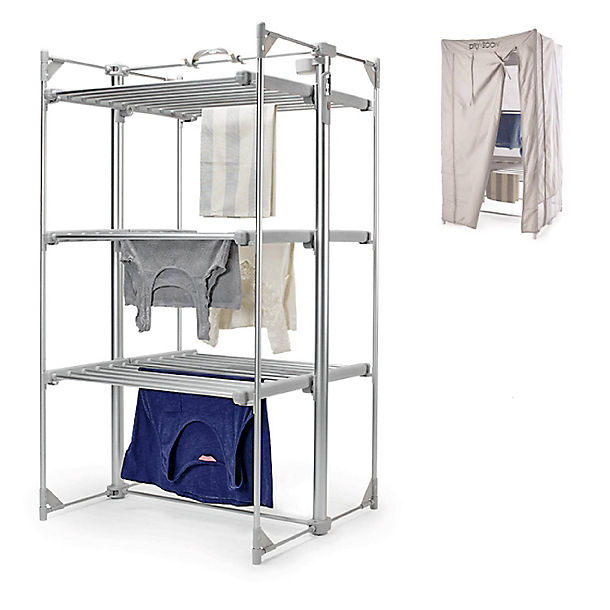Highmark™ Tall 0.6 mil Drawstring Kitchen Trash Bags, 13 Gallon, 27.375″ x 24″, White, Box Of 200 Item # 420782
Plastic trash bags resist tearing and leaks. 13-gal. size its most kitchen bins or effortless lining. Drawstring handle offers secure closure and easy carrying.
Take care of kitchen trash needs at home or in the office with these Highmark kitchen trash bags. The ample size is ideal for lining kitchen trash bins to keep everyday garbage, including disposable cups and plates, contained. Featuring a strong plastic construction, these Highmark kitchen trash bags resist tears and spills, and drawstring handles make them easy to close and lift.
- Plastic trash bags resist tearing and leaks.
- 13-gal. size its most kitchen bins or effortless lining.
- Drawstring handle offers secure closure and easy carrying.
- White color.
- Box of 200 Highmark kitchen trash bags.
Additional information
| Height | 27.375 in. |
|---|---|
| Thickness | 0.6 mil |
| Width | 24 in. |
| Capacity | 13 gal |
| Quantity | 200 |






by Vedder
They hold trash and there’s a lot of them to last a while, so far so good!
by Park
Bought it while there was a promotion. It was not for a heavy use but for this price I think it worth it.
by Pekkle
Good bags for the price. I use them for my office and primarily put paper and light weight trash in them. I wouldn’t put too much heavy stuff in them as they are a bit on the thin side but overall great value!